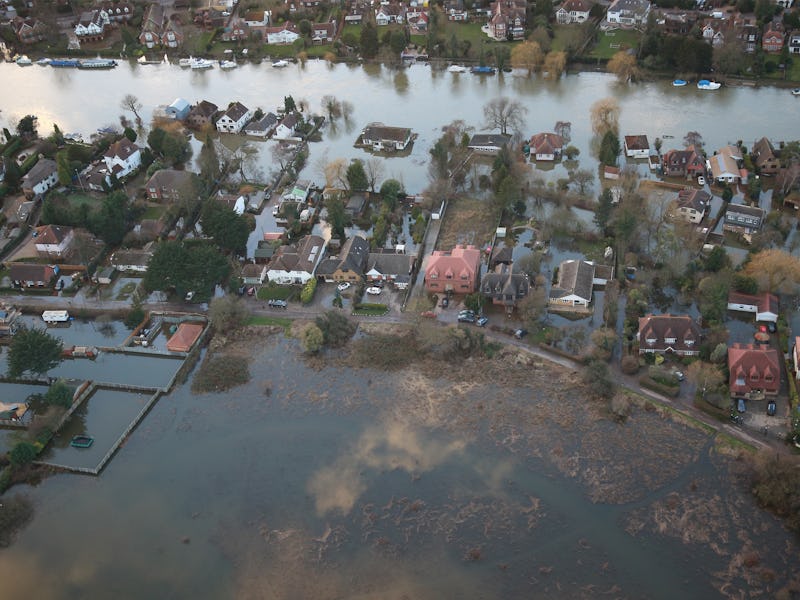How Cloud Seeding Works
Los Angeles county has authorized cloud seeding for the first time since 2002.

While flooding has caused mass evacuations and road closures in Texas and Louisiana, Californians are doing all they they can do make it rain. Last week, for the first time since 2002, Los Angeles County officials authorized cloud seeding with the hope that the technology will force the clouds in their region to produce 15 percent more rainfall.
Cloud seeding is a rain-making technique developed by Bernard Vonnegut (brother of Kurt) in 1946. Essentially, it is the process of shooting silver iodide into clouds, which attract water vapors because it shares a similar molecular structure to ice. It then freezes and, when the ice becomes heavy enough and falls, it melts its way down to the surface as rain.
In Los Angeles, the Utah-based company North American Weather Consultants — hired for $55,000 a year — set up land-based generators in 10 locations in L.A. county. These generators shoot the silver iodide up with the hope that the created stormwater will fall in the dams and watersheds within the area.
Cloud seeding, while its efficiency is contested, is used for more than making rain — throughout the world it’s used to decimate fog and to alleviate hail (silver iodide causes the cloud to form more ice crystals, making the hail smaller). And while we don’t yet have the technology to stop rain completely, cloud seeding has been used to put a hold on rainy days.
This has primarily been documented happening in China, which has the largest, national weather modification team on Earth. The stand-alone ministry utilizes planes, rocket launches, and anti-aircraft guns to employ cloud-seed technology — which they credit with the lack of rain during the Olympics in 2008. In 2009, they used 18 cloud-seeding aircrafts and 48 fog-dispersal vehicles to ensure a rain-free day for the 60th anniversary of communist party rule.
While the goal here is to have a rain-free day somewhere, it doesn’t mean the technology isn’t making it rain at all. The goal, rather, is to fill up a cloud with silver iodide and make it rain before it actually passes the site of festivity. The alternate technique is shooting a coolant made from liquid nitrogen into the cloud, which increases the number of droplets while decreasing their size — making an acceptable sprinkle.
So why don’t city officials plan to cloud-seed every time there is a flood warning? Primarily because it would just end up raining heavily somewhere else. The majority of the flood-heavy regions that need protecting, like in the South now, aren’t isolated. Stopping the flooding of one town would just cause the flooding of another.
There’s comfort that shooting silver iodide into the air isn’t bad for us. Research shows that the typical concentration of silver in rainwater or snow is less than 0.1 microgram per liter — 100 times less than the silver toxicity that cars pump into the atmosphere.